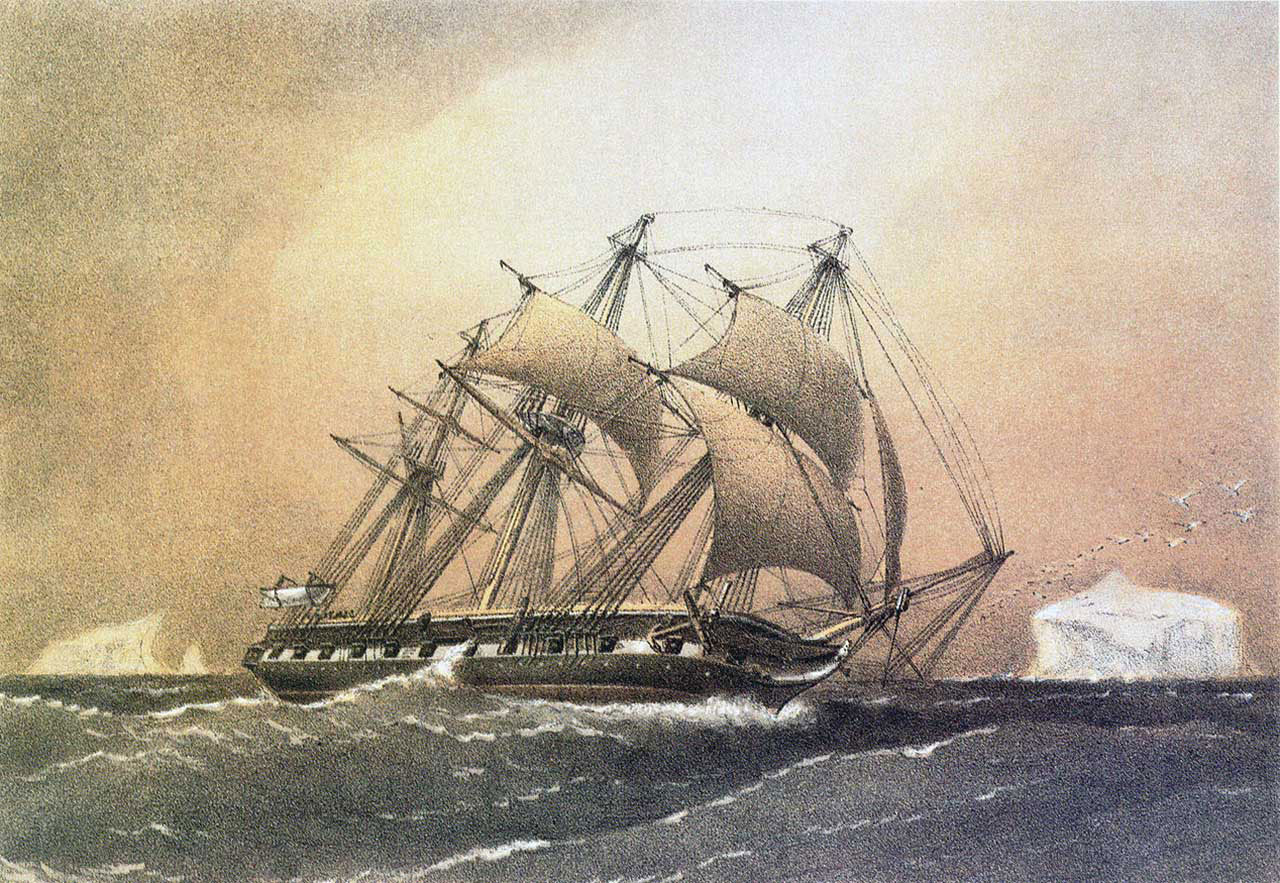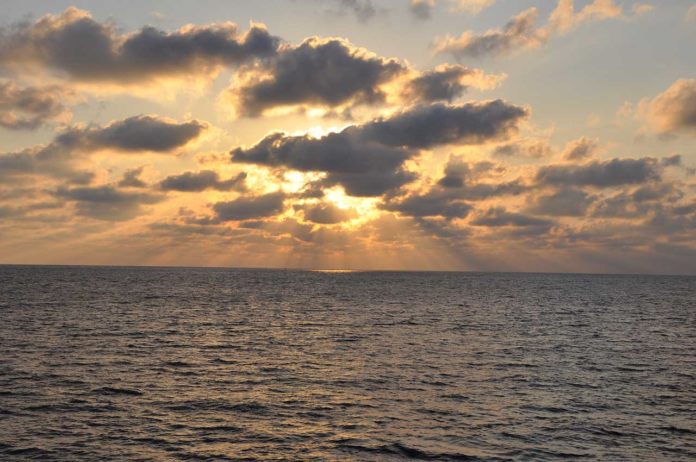As a significant part of the ocean responds to the rising temperatures of the today’s world, the deep, dark waters at the base of the Pacific Ocean seem, by all accounts, to be doing the exact inverse.
A pair of scientists- one from the Woods Hole Oceanographic Institution, the other Harvard University, has found evidence of deep ocean cooling that is likely due to the Little Ice Age.
Earlier research has proposed that it requires a long time for water in the Pacific Ocean to flow down to its lowest depths. This is because it is renewed just from the south, which implies it takes a long time for water at first glance to advance toward the base—maybe up to a few hundred years.
Scientists previously thought that the water temperature at the bottom of the Pacific could offer a hint of what surface temperatures were like hundreds of years ago. To find out the truth, scientists obtained data from an international consortium called the Argo Program—a group of people who together have been taking ocean measurements down to depths of approximately two kilometers.

As a comparative reference, the researchers also obtained data gathered by the crew of the HMS Challenger—they had taken Pacific Ocean temperatures down to a depth of two kilometers during the years 1872 to 1876.
They then used the data from both projects to build a computer model meant to mimic the circulation of water in the Pacific Ocean over the past century and a half.
The model showed that the Pacific Ocean cooled over the course of the 20th century at depths of 1.8 to 2.6 kilometers. However, the amount is still not precise, but the researchers suggest it is most likely between 0.02 and 0.08° C.
Jake Gebbie, a physical oceanographer at WHOI said, “These waters are so old and haven’t been near the surface in so long, they still ‘remember’ what was going on hundreds of years ago when Europe experienced some of its coldest winters in history.”
Peter Huybers, Professor of Earth and Planetary Sciences at Harvard University said, “Climate varies across all timescales. Some regional warming and cooling patterns, like the Little Ice Age and the Medieval Warm Period, are well known. Our goal was to develop a model of how the interior properties of the ocean respond to changes in surface climate.”
Scientists noted, “That cooling is likely due to the Little Ice Age, which ran from approximately 1300 until approximately 1870. Prior to that, there was a time known as the Medieval Warm Period, which had caused the deep waters of the Pacific to warm just prior to the cooling it is now experiencing.”
The paper is published in the journal Science.
